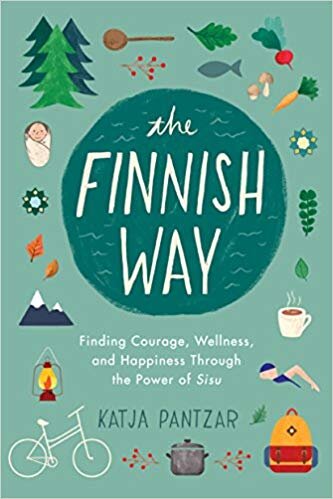One of the many conversations that my husband and I have often is what and how to teach our kids about money. This started in the last year or so as the kids have learned and understood a little bit more about wanting certain things and understanding that they things have prices.
The only reason they have any cash at all to spend is because we have had to bribe both of them to sleep through the night in their own beds. After years of bad sleep in our household, we grew desperate, and when a co-worker told me she paid her daughter to sleep in her own bed, I decided to try it. Nearly 5 years after becoming a parent, I am getting more sleep than ever and the kids are gleefully counting their cash and making decisions on what to spend it on.
Enter this book, The Opposite of Spoiled, by Ron Lieber. Lieber writes a column for the New York Times called “Your Money,” and has lots of interesting stories to share from families of many different backgrounds and socioeconomic classes about what and how they taught their kids about money.
There are a number of practical strategies and tips that I look forward to trying (yes to the give, spend, save jars!) and will share my progress on that soon, but let me share just a few gems that really struck me.
On owning your values: (quote is from Jolene Godfrey) “The default is owning your own choices, as opposed to talking about somebody else’s choices…You’re telling them that your values helped you decide some of these big questions, that this is a value that you hold dear to your family. What’s potent about that is that it’s part of how a child acquires an identity, which helps dictate behavior. Values should drive behavior. And you’ve spent a lot of time thinking about what makes you whole as a human being. That’s worth teaching.”
On charitable donations: The best way to help kids learn about giving is to give them a literal seat at the table when the grown-ups make decisions about donations.”
And lastly, my favorite: “…as we strive to be the ideal authority figures with sensible rules and explicit, illuminating explanations that open windows in our children’s brains, we, too, are changing, trying to figure out what’s most important to us and how to transmit those values to our kids.”
As with everything in the parenting realm, as parents, for better or for worse, we are our kids’ first and primary models. Whatever we hope to impart in our own kids starts with what we ourselves can show them how to do as authentically as possible.
I’m curious to know—what do you want to teach your kids about money?


